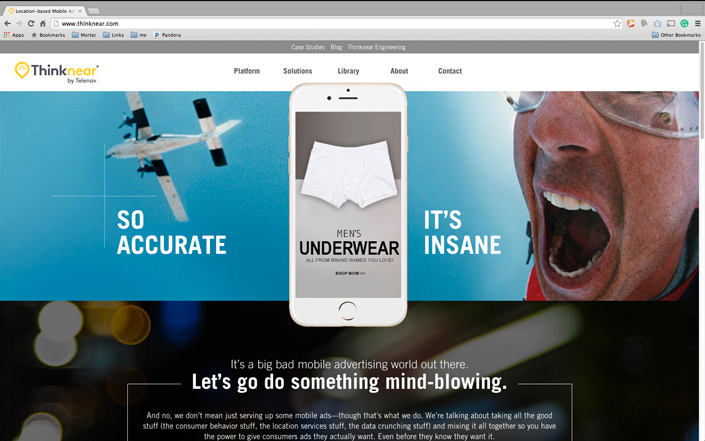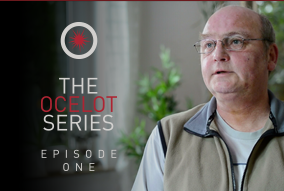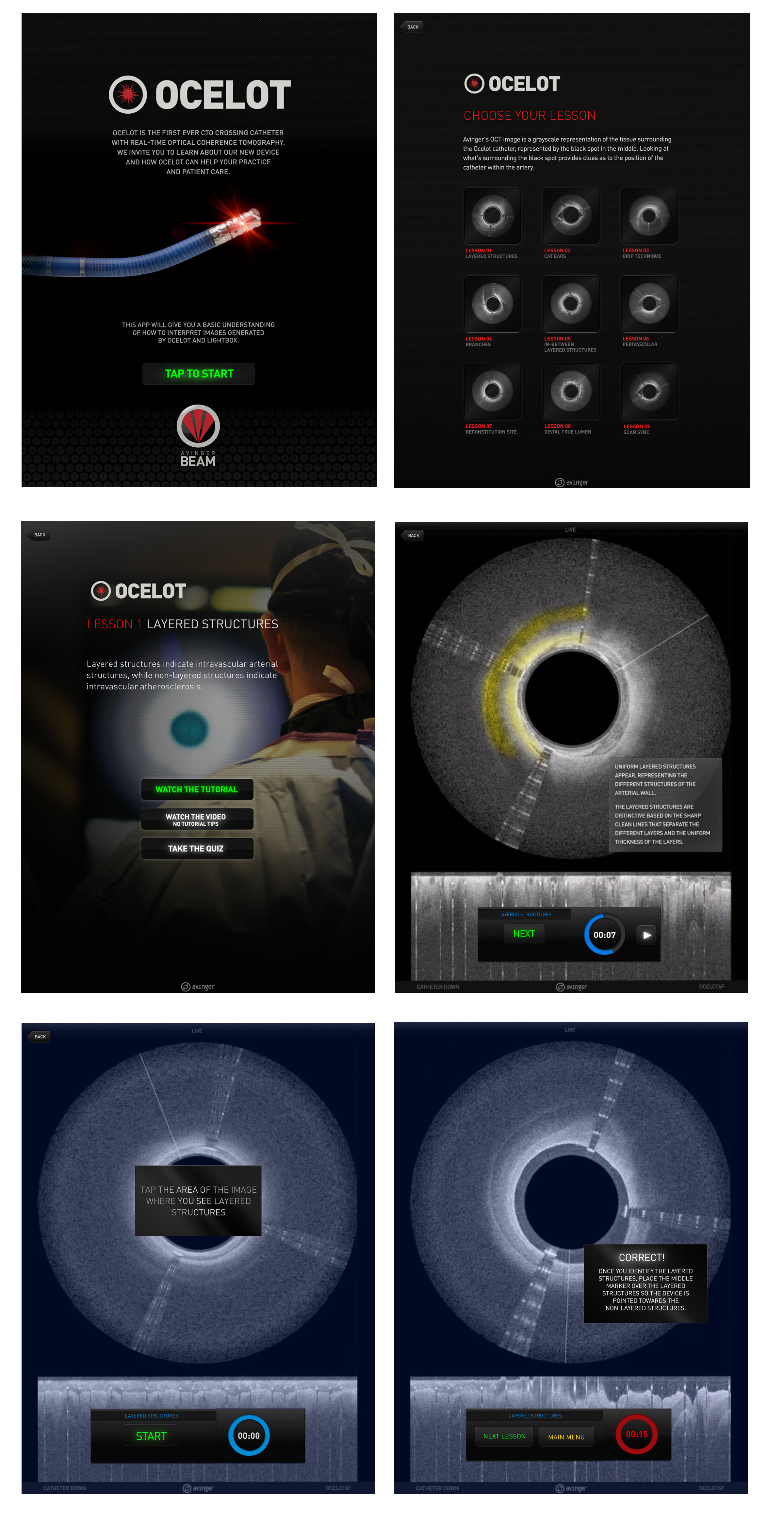Whether they’re delivering healthy babies, or making sick children strong again, Lucile Packard Children’s Hospital at Stanford is darn good at what it does. Ironically, after becoming the go-to name in Silicon Valley for treating the most complex pediatric cases, people thought of delivering at Packard specifically for high-risk or special-needs pregnancies. But that’s cray-cray. First off, how your pregnancy goes is about as predictable as Colin Farrell in a singlet. So, isn’t it a good thing if your hospital is prepared for any circumstance – even if your pregnancy ends up going as smooth as Larry David’s head?
Second, while other hospitals make you comfortable and give you fuzzy slippers on The Big Day, Packard cares for you throughout your entire pregnancy, and beyond. They don’t just deliver your baby, they build a long-term partnership with you. After your little un’s out in the world, s/he can get spectacular pediatric care from Packard, too. And with Stanford University medical school being one of the top-ranked in the country, it’s awfully nice to know you’re in the hands of the best of the best.
What we mean is, delivering at Packard gives your lil’ one the strongest start possible. That became the anthem of our campaign, and we blanketed the San Francisco Peninsula with it.
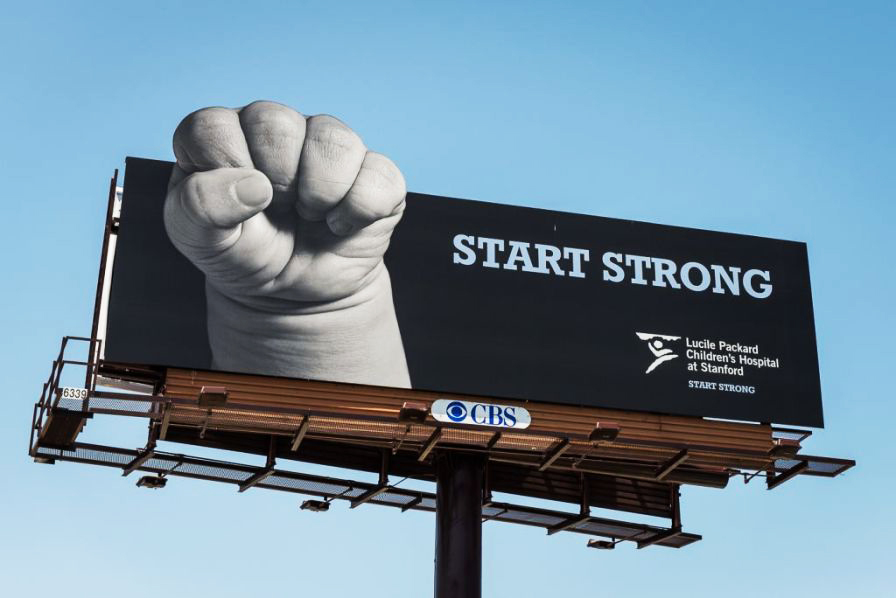
You know what’s cute? Baby fists making hand gestures. You know what’s not cute? Getting a baby to make those gestures in a photo shoot.
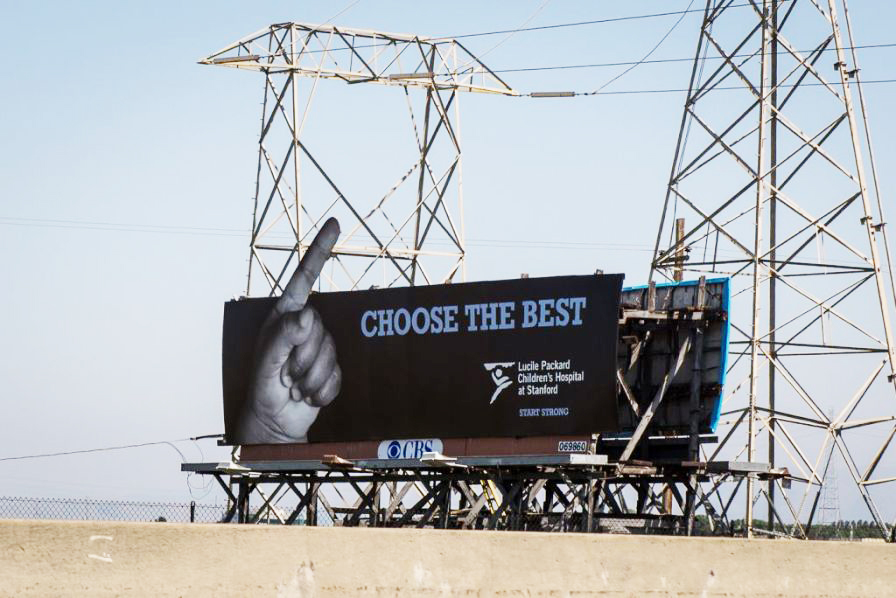
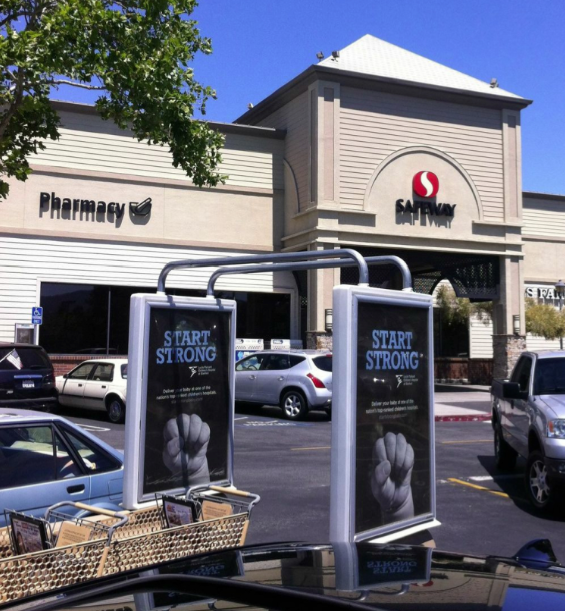
Who says infants can’t double-fist?
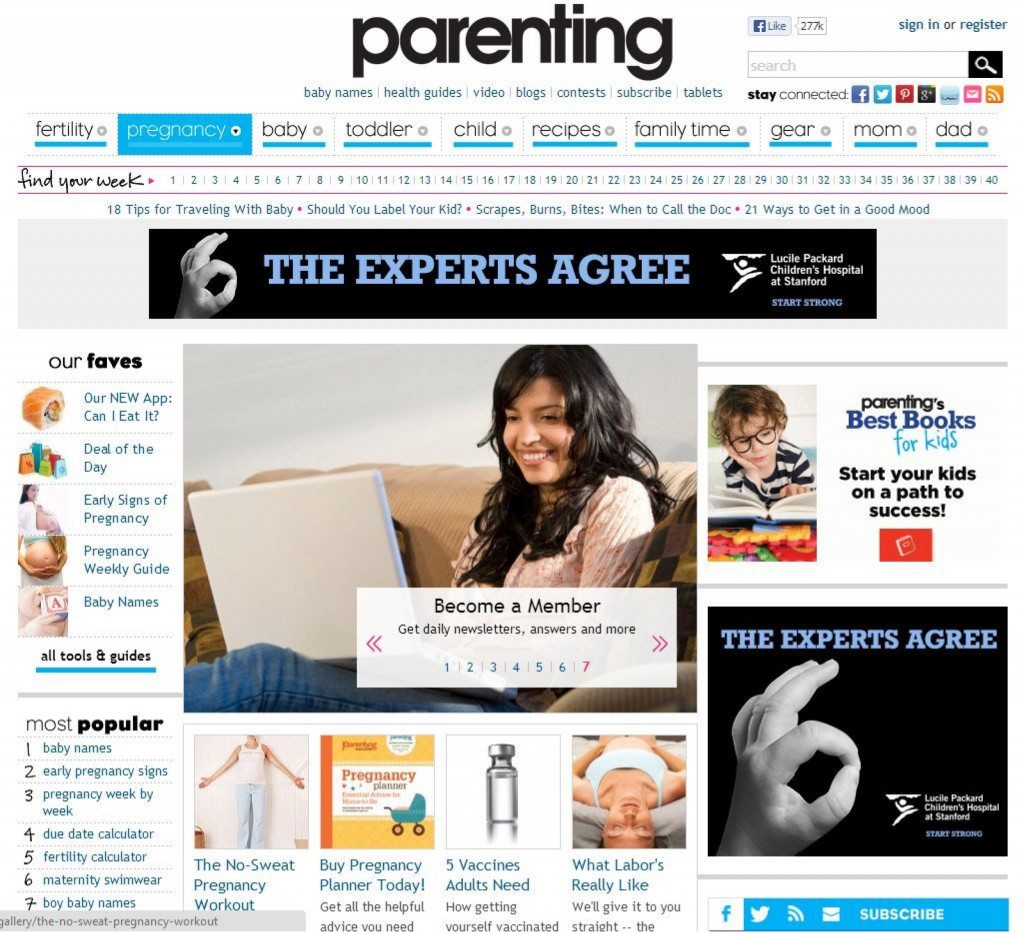

Targeting pregnant or soon-to-be-preggers women presented an interesting challenge. (Hell, even some pregnant women don’t know they’re pregnant.) But thanks to our media team wrangling technology in the cleverest of ways, the ads are being served to Silicon Valley women visiting top pregnancy websites. Because if you live in Menlo Park and are reading about the Creighton Fertility System, you’re almost definitely our audience. (Or you’re a copywriter doing research who’s about to get bludgeoned over the head with retargeting ads. Le sigh.)
We’re talking thousands of websites, and 80 million impressions. Basically, if you’re in Silicon Valley and pregnant, or thinking about getting knocked up, there’s no way you’re not seeing these ads. We even did ads in Spanish. Top that, huevones.
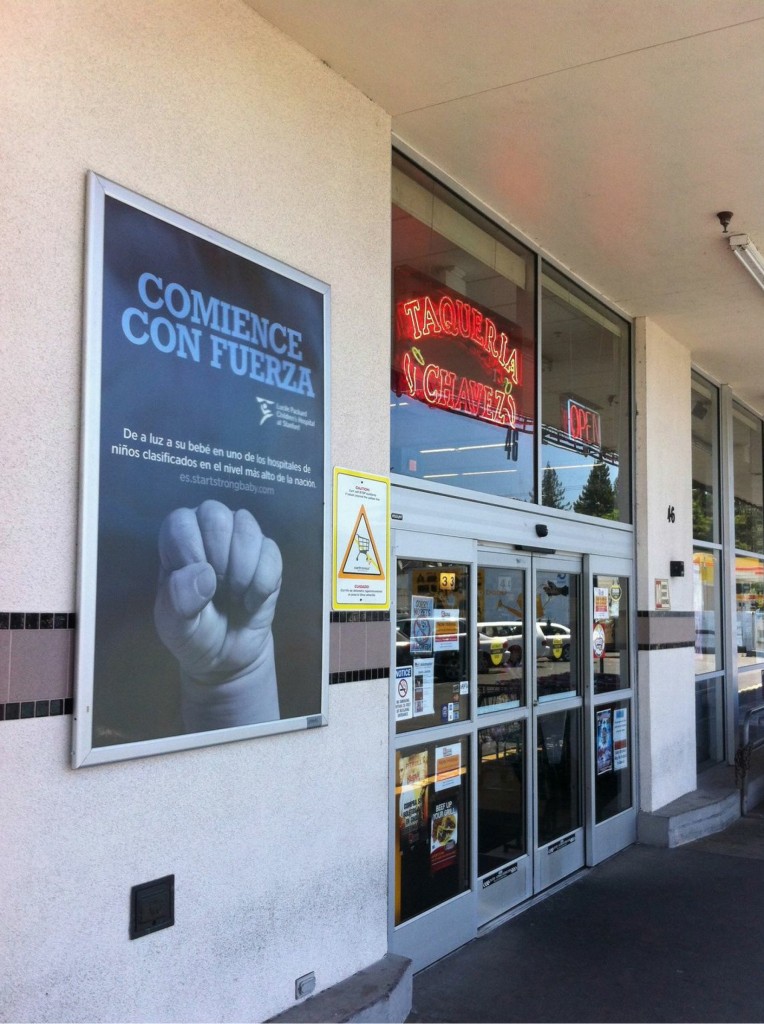
The campaign is running through August. High-five our little/alarmingly large guy if you see him around.
